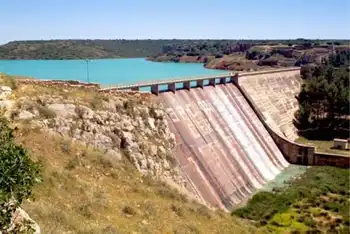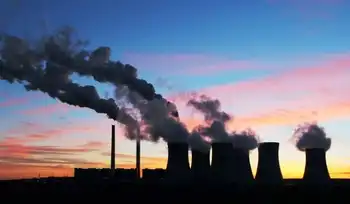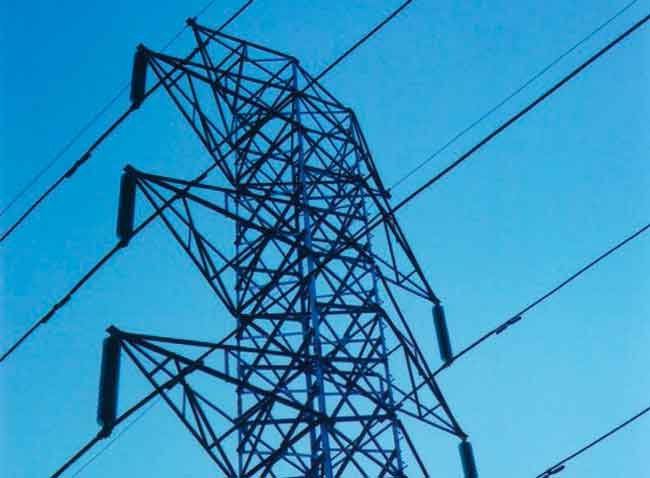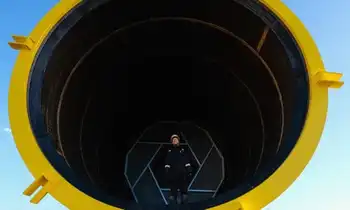'Smart Grid' device would protect New York from power interruptions
The equipment, known as a Fault Current Limiter (FCL), instantly detects and absorbs spikes in power that, left unmanaged, could damage electrical equipment or trigger power outages.
Con Edison, a subsidiary of Consolidated Edison, Inc. (ED), authorized a project to design, build and test a single-phase FCL of a type that would be applicable to a number of substations within the utility's electrical system. Zenergy expects to deliver the prototype by the end of August.
Common events, such as storms or accidents, can produce large spikes in current on the grid. These surges are termed "faults" and may damage electrical equipment or cause partial or total power failures on an electrical network. In part due to steadily increasing electricity demands of New York City, Con Edison has been active in studying new technologies to manage the impact of fault currents and maintain its system reliability.
"Fault current limiters will be an essential element of the smart grid to maintain reliability and improve its resilience and flexibility, said Pat Duggan, a Con Edison project manager and specialist in fault current limiters. "This is especially important as the load grows, including the move to electricity as a preferred source for new uses such as plug-in hybrids."
In practice, Zenergy's FCL is electrically connected to the grid it protects. It allows normal current to pass through unimpeded but, when it senses a fault current, instantly counters the electrical flow. This reaction, created in part by the superconductor in the device, chokes off a potentially damaging electrical spike. Once the fault current subsides, the FCL again allows standard levels of current to flow, protecting the electrical system automatically without human intervention.
"This approach has the advantage of being able to absorb long-duration faults or multiple faults occurring in succession," said Woody Gibson, CEO of Zenergy Power Inc. "An electrical system such as Con Edison's, with its highly networked structure and its strict demand for reliability, requires that a fault current limiter be capable of handling a wide variety of fault events and duration."
Tests that Zenergy conducts in its development of the FCL for Con Edison will ensure the device is able to protect equipment from the damaging effects of fault currents that occur on the utility's 13.8 kilovolt (kV) "feeder system" — an electrical distribution network that delivers power to customers. At the conclusion of testing, Zenergy expects to extend its designs to other FCLs that are customized for protecting Con Edison and other utilities' equipment on higher voltage lines of up to 138kV.
Today, power disruptions from faults and related issues are estimated by the U.S. Department of Energy (DOE) to cost the nation's economy more that $100 billion per year. Under its mandate to lead modernization of the electric grid, DOE partially funded Zenergy's development of an FCL that addresses these issues.
Nationally, a major effort is underway to develop and deploy "Smart Grid" devices to help the present infrastructure meet the country's growing energy requirements. Devices like Zenergy's FCL greatly improve grid reliability and security, which is necessary to establishing more stable service, fewer outages and more rapid power restoration following electrical interruptions.
Related News
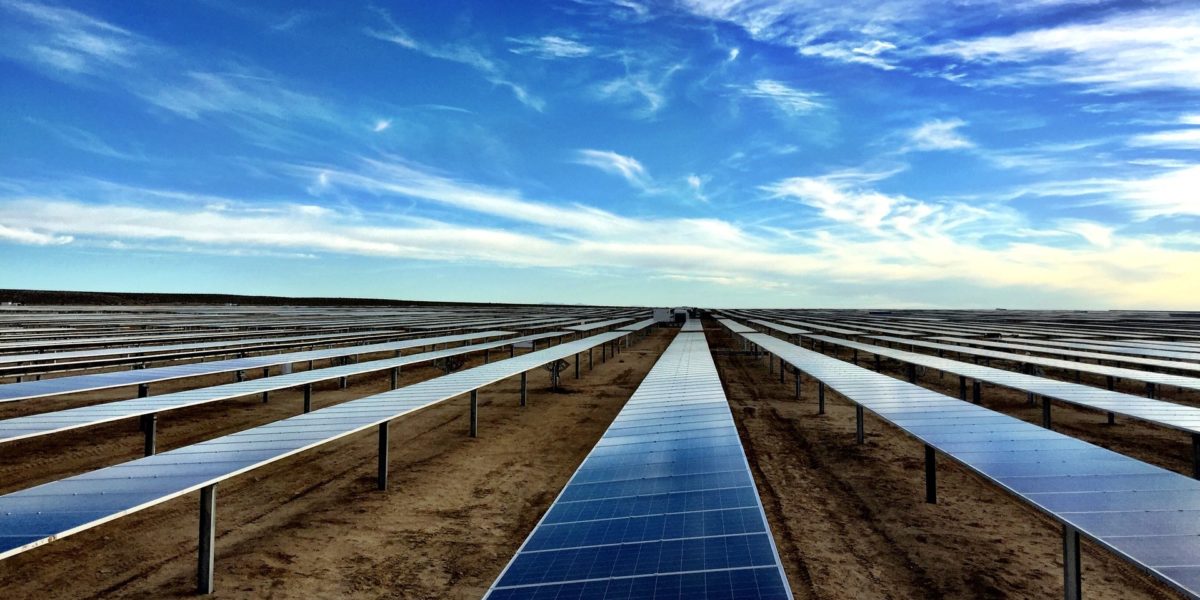
Newsom Vetoes Bill to Codify Load Flexibility
California Governor Gavin Newsom vetoed a bill aimed at expanding load flexibility in state grid planning, citing conflicts with California’s resource adequacy framework and concerns over grid reliability and energy planning uncertainty.
Why has Newsom vetoed the Bill to Codify Load Flexibility?
Governor Gavin Newsom’s veto blocks legislation that would have required the California Energy Commission to incorporate load flexibility into the state’s energy planning and policy framework, a move that has stirred debate across the clean energy sector.
✅ Argues the bill conflicts with…


